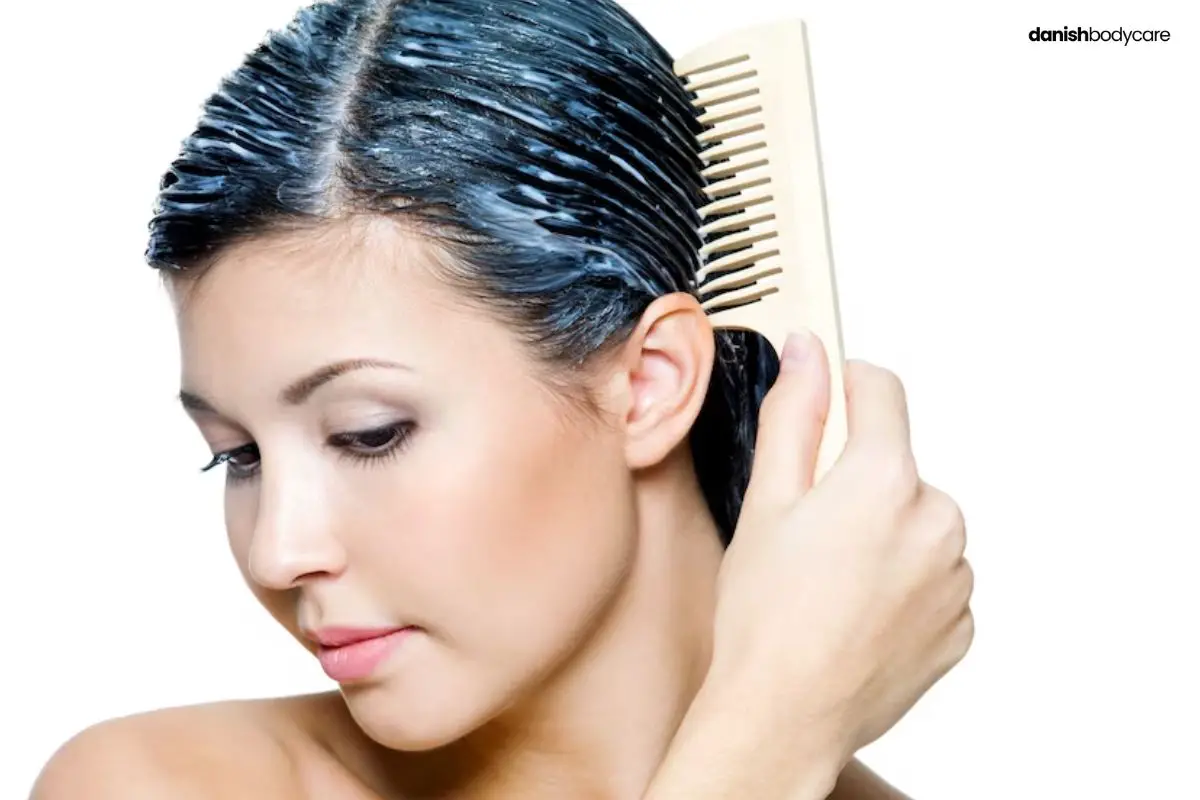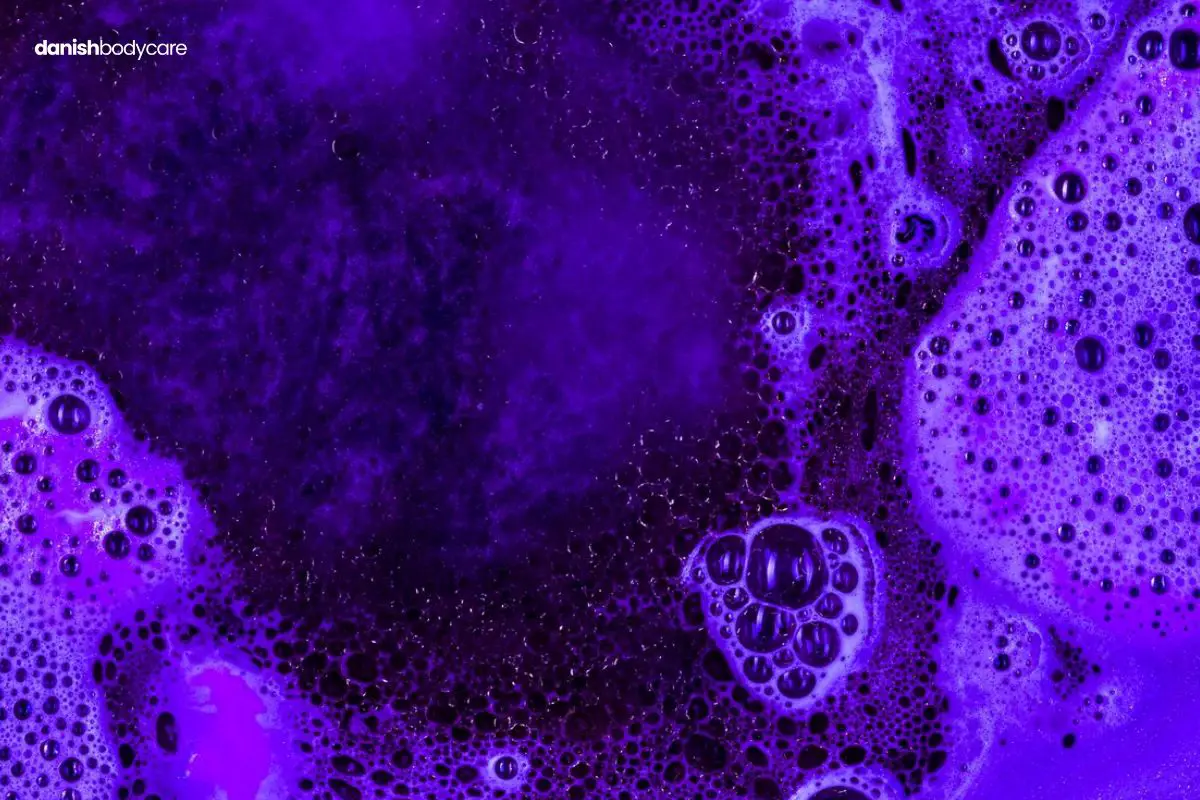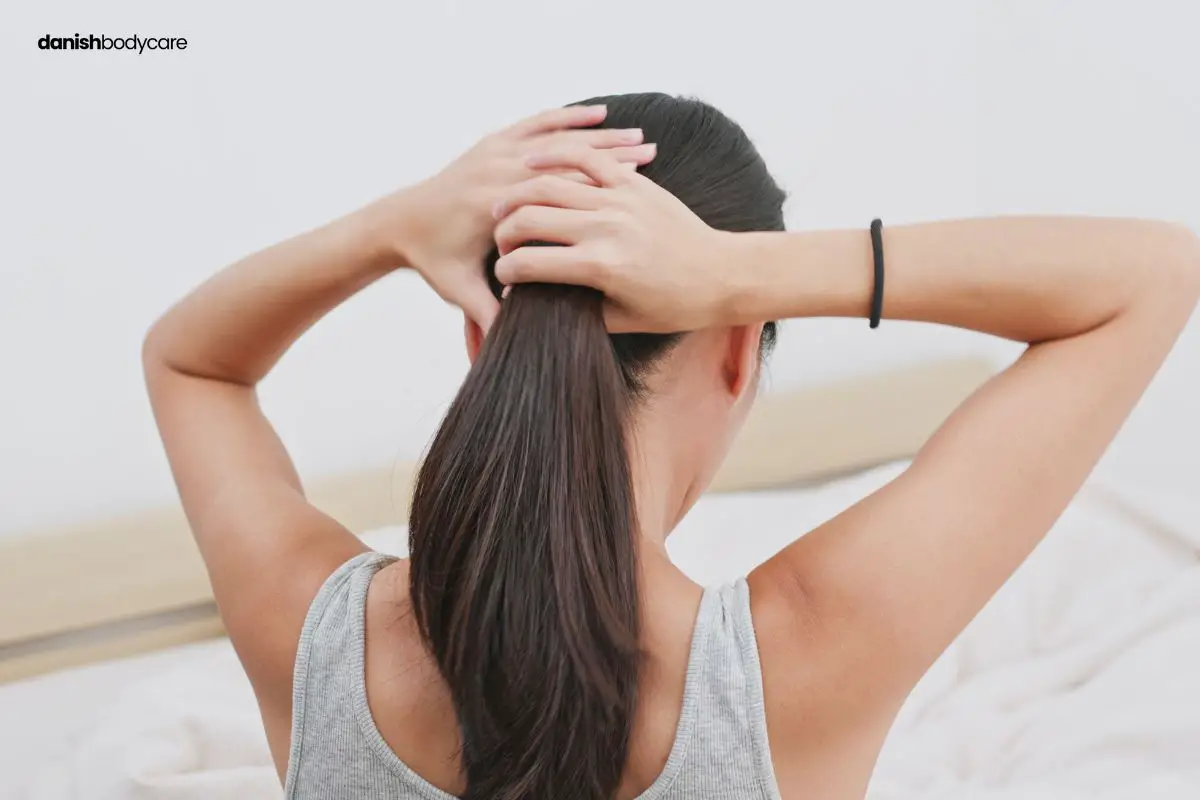The key to maintaining healthy locks is knowing the right ingredients for your hair type. Those with low porosity hair should be careful with certain ingredients.
Studies suggest that over 60% of people use the wrong products for their hair type. This includes ingredients to avoid low-porosity hair.
This article dives into these harmful ingredients and offers insight to better care for your hair.
Armed with this knowledge, you can ensure a tailored hair care regimen.
What Is Low Porosity Hair?
Low porosity hair is a type of hair with closed cuticles. With closed cuticles, the hair can’t absorb as much moisture. That’s why low-porosity hair dries out easier than high-porosity hair.
The cuticles are the outer layer of your hair strand. They play a significant role in determining porosity levels.
The cuticles in low-porosity hair don’t allow moisture and nutrients to penetrate the hair shaft fast.
Low vs. Medium vs. High Porosity Hair
High porosity hair has open cuticles that allow moisture and nutrients to penetrate the hair shaft. This also means the hair loses moisture quickly.
Medium porosity hair strikes a balance between the two extremes.
| Porosity Type | Cuticle Structure | Resistance to Damage |
|---|---|---|
| Low Porosity | Tightly packed, flat cuticles | More resistant to heat, chemicals, and environmental damage |
| High Porosity | Open cuticles | Prone to dryness and potential damage |
| Normal Porosity | Balanced cuticle structure | Requires less maintenance |
Main Characteristics of Low Porosity Hair
Here are the main characteristics of low-porosity hair:
- Difficulty absorbing moisture
- Hight build-up and residue
- Slow drying time
- Tendency to resist treatments such as hydration and nutrition treatments.
13 Top Ingredients to Avoid for Low Porosity Hair
With low-porosity hair, it’s important to not close the cuticles off more than they already are. That’s why you need to avoid certain products
Here are the 13 top ingredients to avoid if you struggle with low-porosity hair:
- Sulfates
- Silicones
- Non-water soluble proteins
- Waxes
- Lanolin
- Resins
- Alcohols
- Heavy butters
- Mineral oil and petrolatum
- Heavy oils
- Synthetic perfumes
- PPG, PEG, and EO Ingredients
- Formaldehyde
1. Sulfates and Their Alternatives
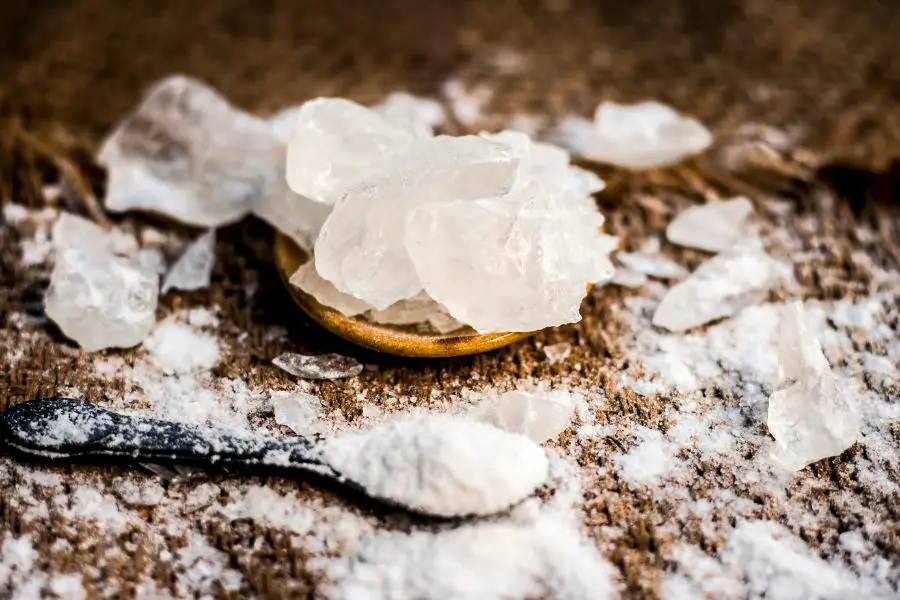
Common Products That Contain Sulfates: Shampoos
What Sulfates Do
Sulfates are surfactants used in many cleaning and personal care products. In hair products, they function as detergents. These detergents help cleanse your hair and scalp by removing dirt, oils, and buildup.
They’re responsible for the rich lather you often see when you use shampoos.
Why Sulfates Are Bad for Low Porosity Hair
Sulfates are famous for their deep cleansing capabilities. Still, they can be harsh on low-porosity hair. They can strip away the natural oils that are vital for low-porosity hair. This leads to dryness and brittleness.
When sulfates remove too much natural oil, it dehydrates your low-porosity hair.
Possible Negative Effects
Overuse of sulfates can lead to:
- Dryness
- Brittleness
- Frizz, and scalp irritation.
- Color fading for those with dyed hair.
Low-porosity hair struggles with moisture retention, and these effects are even more pronounced.
Alternatives
Here are some alternatives to sulfates:
- Sulfate-free shampoos: Cleanse without stripping the hair of its natural oils.
- Co-wash (conditioner washing): Use conditioner to clean your hair.
- Soap bars
- Cleansing conditioners
- Decyl glucoside, coco glucoside, and sodium cocoyl isethionate: Clean without stripping the hair.
Controversies or Disagreements
These alternatives may not cleanse as effectively. This is because sulfates are good at what they do: removing oil and dirt.
How to Identify It on Labels
Sulfates are easy to identify on product labels. Look for terms like:
- Sodium lauryl sulfate
- Sodium laureth sulfate
- Ammonium lauryl sulfate
2. Silicones
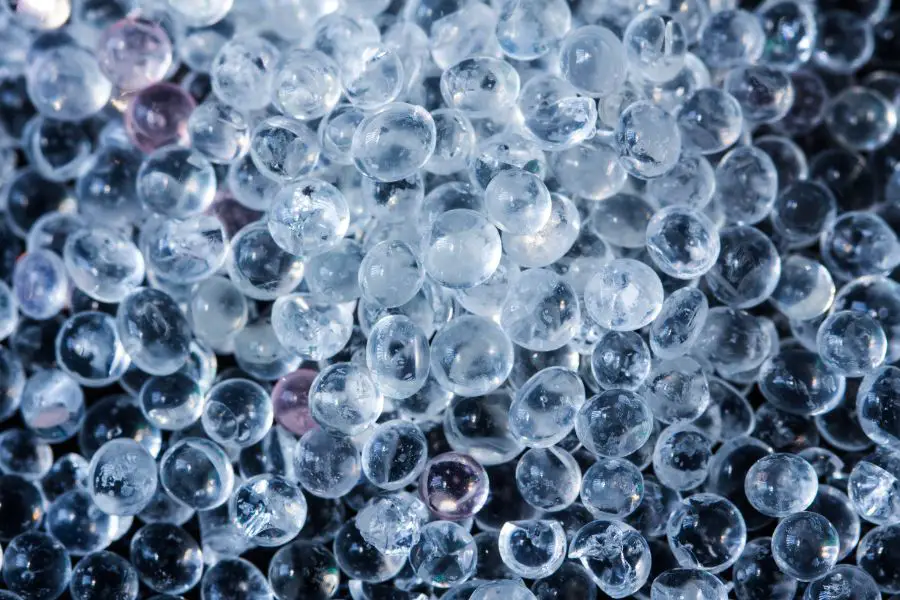
Common Products That Contain Silicone: Conditioners, hair serums, and heat protectants
What Silicones Do
Silicones are synthetic ingredients that:
- Coat the hair shaft smooth down the cuticle
- Reduce frizz
- Add shine
- Make the hair more manageable
- Provide some heat protection
Why Silicones Are Bad for Low Porosity Hair
Silicones create a barrier that weighs down your hair. This happens frequently for fine or low porosity hair.
The barrier they create can also lead to buildup. This makes it difficult for moisture and nutrients to penetrate the hair shaft.
Possible Negative Effects
Consistent use of silicones can lead to buildup, which results in dullness and difficulty retaining moisture. Over time, this can cause the hair to become dry and lackluster.
Alternatives
here are the best alternatives for silicone
- Water-soluble silicones
- Argan oil
- Jojoba oil
- Grapeseed oil
Controversies or Disagreements
There are differing opinions about silicones. Some people believe silicones aren’t harmful and can provide benefits to certain hair types. Others feel the potential for buildup outweighs the benefits.
How to Identify It on Labels
Silicones appear on ingredient labels as words ending in -cone, -conol, or -xane (dimethicone, cyclomethicone).
3. Non-Water Soluble Proteins
Common Products That Contain Non-water Soluble Proteins: protein-rich shampoos, conditioners, and hair treatments.
What Non-Water Soluble Proteins Do
Proteins are vital for hair health as they help strengthen the hair shaft. They make it more resistant to breakage and environmental damage.
Why Non-Water Soluble Proteins Are Bad for Low Porosity Hair
Non-water soluble proteins can adhere to the hair shaft and cause buildup, This buildup can:
- Weigh down hair
- Make it less manageable
- Decrease its ability to retain moisture
Possible Negative Effects
Too much protein can lead to protein overload. This results in hair that feels:
- Dry
- Stiff
- Straw-like
It can also lead to increased buildup and lower moisture retention.
Alternatives
Seek out protein-free or water-soluble protein products. Hair products that focus on hydration and moisturizing ingredients are a better choice for low porosity hair.
Controversies or Disagreements
Some hair care experts argue that proteins are necessary to repair hair damage. Still, it’s all about balance and knowing your hair’s specific needs.
How to Identify Non-water Soluble Proteins on Labels
You can find non-water soluble proteins on labels as:
- Hydrolyzed proteins
- Keratin
- Collagen
- Wheat protein
- Silk protein
4. Waxes

Name: Waxes, including beeswax, candelilla wax, and carnauba wax
Common products that contain wax: Pomades, hair gels, certain types of hair sprays, and mousses
What Waxes Do
Waxes are a common ingredient in hair products that: provide hold, structure, and shine. They create a protective coating around the hair strand. This maintains the desired style and provides some level of protection against environmental factors.
Why Waxes Are Bad for Low Porosity Hair
For low porosity hair, the film formed by waxes can exacerbate the lack of moisture. This lack of moisture can lead to dryness and potential breakage over time.
Possible Negative Effects
Overuse of waxes can lead to a significant buildup that results in dry, brittle hair. It also decreases overall hair health and vibrancy. This buildup is heavy and can give the hair a heavy, lifeless feel and look.
Alternatives
Use lightweight styling products such as flaxseed gel or aloe vera gel. These natural alternatives offer a similar level of hold and structure. They lack the heavy buildup associated with waxes.
How to Identify It on Labels
The most common types are usually straightforwardly listed in the ingredients.
5. Lanolin

Name: Lanolin, also known as wool wax or wool grease.
Common products that contain Lanolin: Hair moisturizers, conditioners, and certain styling products ( those that tame frizz and add shine)
What It Does
Lanolin is a natural substance derived from sheep’s wool. It is an emollient common in hair care products for its ability to help retain moisture in the hair. It can:
- Soften hair fibers
- Reduce frizz
- Add a degree of shine
- Makes hair appear healthier
Why Lanolin Is Bad for Low Porosity Hair
Although beneficial for some hair types, lanolin is too heavy for low porosity hair. Its moisturizing properties lead to a buildup on the hair shaft.
Possible Negative Effects
Excessive use of lanolin makes hair:
- Greasy
- Heavy
- Lackluster
It can inhibit natural movement and volume. This makes the hair appear flat and more difficult to style effectively.
Alternatives
Use lightweight oils as alternatives to lanolin. These oils provide moisture and shine without the heavy, greasy feel.
How to Identify It on Labels
On ingredient lists, you can identify lanolin as:
- Lanolin
- Wool wax
- Wool grease
6. Resins
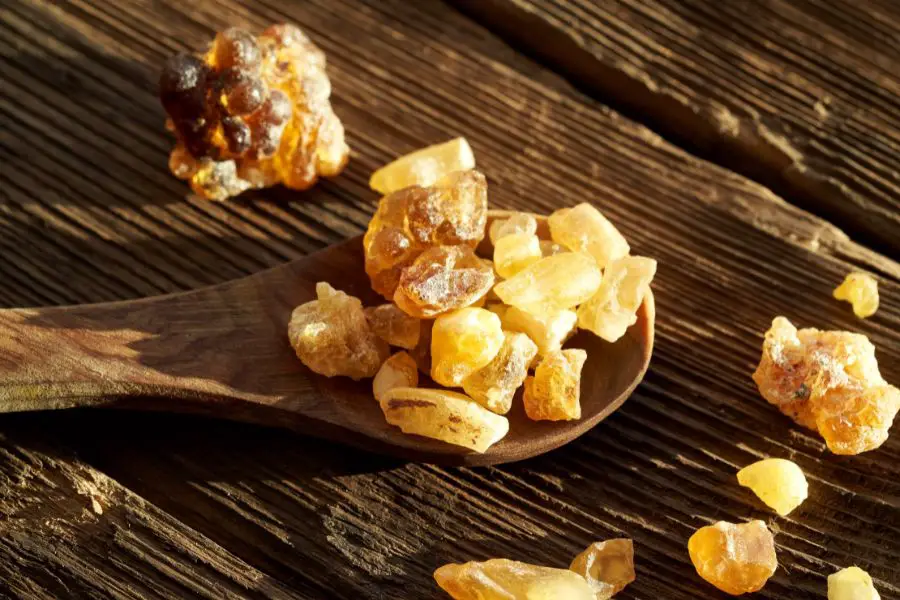
Common products that contain resins: Gels, mousses, hairsprays, serums, and lotions.
What Resins Do
Resins in hair products give hold and structure. They form a film around the hair shaft, keeping it in place. This improves the effectiveness of styling products.
Resins can add:
- Volume
- Control
- Manageability
Why Resins Are Bad for Low Porosity Hair
Resins maintain hairstyle but cause buildup on low-porosity hair. Low porosity hair absorbs less product due to closed cuticle structure. Buildup creates a barrier and prevents moisture penetration. This leads to dryness and brittleness.
Possible Negative Effects
Buildup can make hair dry and brittle, reducing its overall health and luster. It can also make the hair more prone to breakage and interfere with its natural shine and softness.
In extreme cases, resin buildup can cause scalp irritation and flaking.
Alternatives
Use flaxseed gel or lightweight leave-in conditioners as alternatives. These options provide hold and manageability without heavy buildup
How to Identify Them on Labels
Resins are often listed as polyquaternium followed by a number (e.g., polyquaternium-10) or as PVP/VA copolymer on product labels.
7. Alcohol

Common hair products that contain alcohol: Sprays, gels, mousse, and some shampoos
What Alcohols Do
Alcohols in hair products serve multiple functions:
- Mix ingredients
- Dry quickly
- Spread the product evenly on the hair
- Break down oils and dirt
- Aid in cleansing the hair and scalp
Why Alcohols Are Bad for Low-Porosity Hair
Alcohol strips natural oils from hair and scalp. Short-chain alcohols, like isopropyl alcohol and ethanol, can worsen dryness in low-porosity hair. This can result in brittle and dull hair.
Possible Negative Effects
Overuse of products with short-chain alcohol makes your hair excessively dry. Excessive dryness can cause:
- Breakage
- Split ends
- Frizz
It can also irritate your scalp, leading to discomfort and flaking.
Alternatives
Use hair products without short-chain alcohol to prevent dryness. Choose products with moisturizing alcohols like cetyl alcohol or stearyl alcohol.
Consider aloe vera-based or glycerin-based products for hydration without drying effects.
How to Identify Them on Labels
Short-chain alcohols may appear on labels as:
- Isopropyl alcohol
- Ethanol
- SD alcohol
- Denatured alcohol
- Propyl alcohol
8. Heavy Butters

Common products that contain heavy butters: Hair masks, deep conditioners, leave-in conditioners, and certain tyling products
What Heavy Butters Do
Natural butters moisturize and condition hair intensely. They hydrate dry, damaged hair and reduce frizz while adding a shiny appearance.
These butters also create a protective barrier around the hair shaft. They lock in moisture and safeguard against environmental damage.
Why Heavy Butters Are Bad for Low Porosity Hair
Heavy butters have benefits but can cause problems for low-porosity hair. Low-porosity hair cuticles are compact, so thick butters can build up on the hair’s surface.
Buildup from these butters can weigh down the hair and reduce volume and movement. It can also block moisture from entering the hair shaft.
Possible Negative Effects
Heavy butters make hair look greasy and dull. They reduce volume and bounce. These butters block essential nutrients and moisture from reaching the hair.
This can lead to dryness and brittleness over time.
Alternatives
Lightweight oils such as jojoba oil or lighter conditioning products are a good alternative. These can provide hydration and shine without the risk of heavy buildup.
How to Identify Them on Labels
Look for ingredients like:
- Shea butter
- Cocoa butter
- Mango butter
9. Mineral Oil
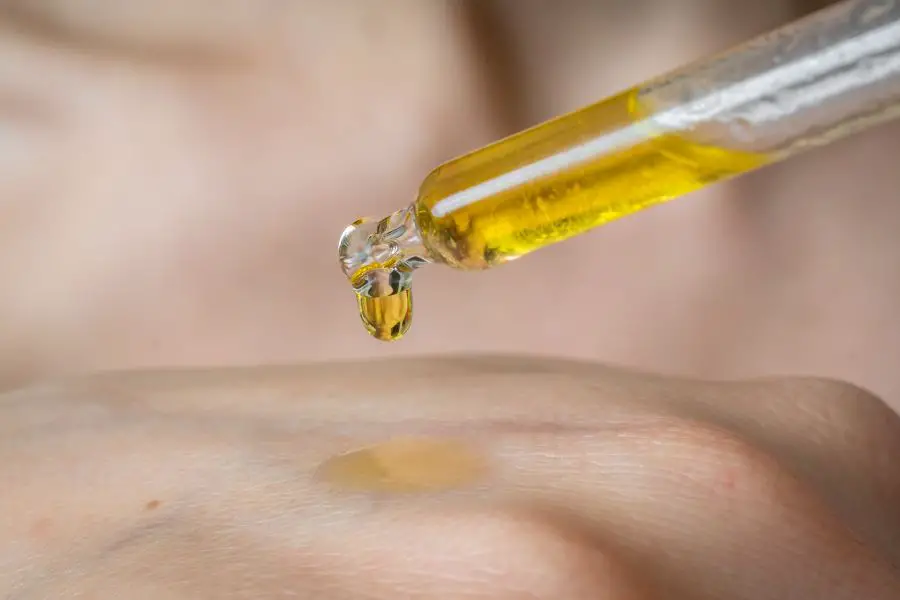
Common products that contain mineral oil: Hair moisturizers, conditioners, pomades, and some styling products
What Mineral Oil Does
Mineral oil and petrolatum come from petroleum. They are used in hair and skin products for their moisturizing properties. They create a barrier on the skin or hair to keep moisture locked in. They also add shine to the hair.
Why Mineral Oil Is Bad for Low Porosity Hair
Mineral oil and petrolatum can cause hair buildup. They are similar to heavy butters. Buildup on the hair can occur, especially for low-porosity hair.
This buildup creates a barrier. The barrier blocks moisture and nutrients from entering the hair shaft. Dry and brittle hair may result.
Possible Negative Effects
Mineral oil or petrolatum buildup can lead to dry, brittle hair and decreased hair health.
Petroleum also:
- Weighs down the hair
- Reduces volume and movement
- Makes it look greasy or dull
Alternatives
Here are some alternatives to mineral oil:
- Argan oil
- Grapeseed oil
- Almond oil
How to Identify Mineral Oil on Labels
Look for ingredients like:
- Mineral oil
- Petrolatum
- Paraffinum liquidum
10. Heavy oils

Common products that contain heavy oils: Hair oils, masks, and deep conditioners
What Heavy Oils Do
Heavy oils are famous for their intense moisturizing and nourishing properties. These oils:
- Provide deep hydration
- Strengthen the hair shaft, add shine
- Promote hair growth
- Form a protective barrier around the hair
Why Heavy Oils Are Bad for Low Porosity Hair
Heavy oils have intense moisturizing and nourishing properties. They deeply hydrate and strengthen the hair shaft. This adds shine and can promote hair growth.
Due to their viscosity, they form a protective barrier around the hair. This barrier seals in moisture and prevents breakage.
Possible Negative Effects
Excess buildup of heavy oils weighs down hair. It reduces volume and movement. It also prevents moisture from penetrating, causing dry, brittle hair. This negatively affects the overall health and vitality of the hair.
Alternatives
You can choose lightweight oils like jojoba oil or argan oil. These oils hydrate without causing heavy buildup.
How to Identify Them on Labels
Look for ingredients such as:
- Castor oil
- Coconut oil
- Other oil names indicate the presence of heavy oils
11. Synthetic Perfumes

Common hair products that contain synthetic perfumes: All types of hair care products that have a scent
What Synthetic Perfumes Do
Synthetic perfumes are present in hair products to provide a pleasant scent. They make the usage of hair care products more enjoyable and can mask the smell of other ingredients that may be less appealing.
Why Synthetic Perfumes Are Bad for Low Porosity Hair
Synthetic perfumes don’t directly impact low-porosity hair. Still, they can cause irritation or allergies in some people.
This may result in scalp discomfort and inflammation, indirectly affecting hair health.
Possible Negative Effects
Some individuals may experience:
- Scalp irritation
- Itching
- Redness
- Inflammation
In extreme cases, they may cause allergic reactions that lead to more severe symptoms.
Alternatives
Here is a list of alternatives to synthetic perfumes:
- Essential oils
- Natural fragrance oils
- Herbal extracts
- Floral waters
How to Identify Them on Labels
The term “fragrance” or “parfume” on a product label typically indicates the presence of synthetic perfumes.
12. PPG, PEG, and EO Ingredients
Common products that contain PPG, PEG, and EO ingredients: Shampoos, conditioners, and styling products
What They Do
PPG, PEG, and EO ingredients are common in hair products. They work as emulsifiers, solubilizers, and conditioning agents. These ingredients:
- Prevent ingredient separation
- Enhance spreadability
- Give a silky, smooth feel
Why They Are Bad for Low Porosity Hair
These ingredients make products work better and feel nice, but they can build up on low-porosity hair.
Possible Negative Effects
When ingredients accumulate, they can weigh down hair. Buildup can block moisture from reaching the hair shaft, causing dryness and brittleness.
Alternatives
Avoid these ingredients altogether.
How to Identify Them on Labels
These ingredients often have “PPG,” “PEG,” or “EO” in their names, so look out for these when reading product labels.
13. Formaldehyde
Common products that contain formaldehyde: Hair smoothing and straightening products, shampoos, conditioners, and some hair styling products
What Formaldehyde Does
The role of formaldehyde is to prevent the growth of bacteria and prolong shelf life.
Why Formaldehyde Is Bad for Low Porosity Hair
Formaldehyde is a powerful chemical that can harm the hair and scalp, regardless of porosity. Low-porosity hair already struggles with absorbing moisture.
Damage to the hair cuticle worsens dryness and makes it harder for the hair to retain moisture.
Possible Negative Effects
Potential negative effects of formaldehyde include:
- Scalp irritation
- Burning, hair loss
- Protein degradation
- Dry, brittle, and lifeless hair
Alternatives
Look for hair products that use other preservatives. Some brands use alternatives like:
- Phenoxyethanol
- Sodium benzoate
- Other paraben alternatives
Controversies or Disagreements
There’s an ongoing debate about the safety of formaldehyde in cosmetics. It’s a known carcinogen. Prolonged or high exposure levels can lead to serious health concerns:
- Respiratory
- Sensory irritation
- Increased risk of cancer
How to Identify It on Labels
Formaldehyde might not be directly listed on product labels. Look out for:
- DMDM hydantoin
- Imidazolidinyl urea
- Diazolidinyl urea
- Duaternium-15
- Bronopol (2-bromo-2-nitropropane-1,3-diol )
- 5-Bromo-5-nitro-1,3-dioxane
- Hydroxymethylglycinate
Frequently Asked Questions
What brands are particularly good for low-porosity hair?
Yes, some brands offer products tailored for low-porosity hair, like SheaMoisture and TGIN. Look for products with ingredients like glycerin, natural oils, and butters. They properly moisturize your hair without causing buildup.
Are natural hair products always better for my hair?
Natural and organic products can be beneficial, but they’re not always the best choice for low-porosity hair. Focus on the ingredients and their compatibility with your hair type. Don’t rely only on the “natural” or “organic” labels.
Are there common myths about ingredients in low-porosity hair products?
A common myth is that all sulfates and silicones are bad for low-porosity hair. These ingredients can help remove buildup and provide a slip for detangling. The key is moderation and being mindful of how your hair reacts to specific products and ingredients.




